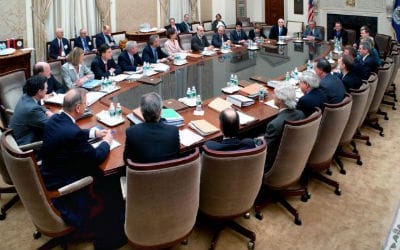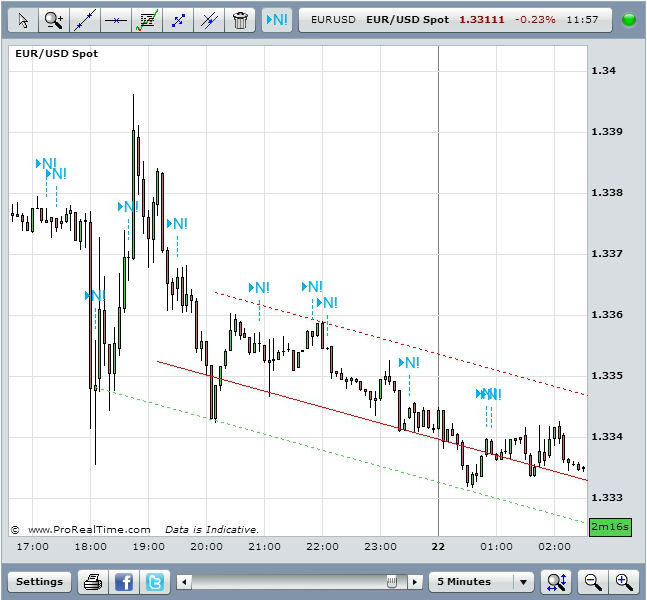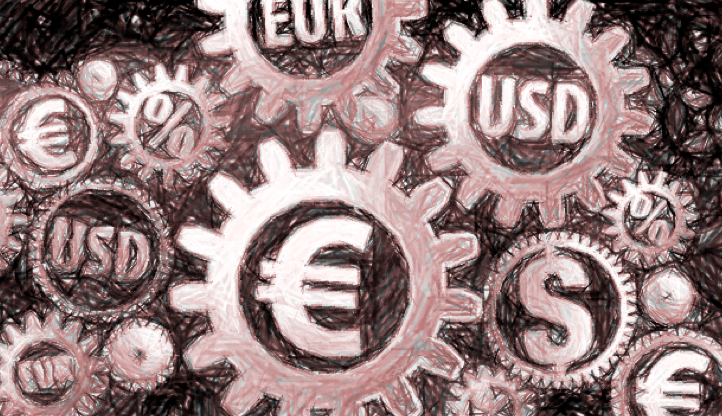Yesterday at 18:00 GMT, the US Federal Reserve revealed the minutes of the recent FOMC policy meeting, which showed broad support among policymakers for Fed Chairman Ben Bernanke’s plan to start phasing out the quantitative easing process later this year if the economy strengthens. The current process, which involves buying $85bn worth of bonds every month in order to inject money into the economy, is the third phase of fiscal stimulus that the Fed has embarked on since the financial crisis, and is expected to be the last for the time being. Unlike previous rounds, there is no time limit for ending this process, hence the widespread interest in the minutes among currency traders.

The minutes also show that “a few members emphasized the importance of being patient and evaluating additional information on the economy before deciding on any changes to the pace of asset purchases,” and that “almost all participants confirmed that they were broadly comfortable” with the committee slowing “the pace of its securities purchases later this year.”
The debate among Fed members as to when to begin the tapering process has been a major factor in the movement of markets around the world, across all asset classes. On one hand, the asset purchase programme has helped to reduce unemployment in the US, thereby boosting the economy, but there are fears that it is promoting excessive risk taking in capital markets, particularly with regard to the buying of junk bonds and leveraged loans. Many analysts claim that this has helped to create asset bubbles that will burst as soon as the fiscal stimulus taps are turned off.
Also under discussion at the meeting was the rise in interest rates following the June meeting of the FOMC. Some of those in attendance indicated that “overall financial-market conditions had tightened significantly,” and that they “expressed concern that the higher level of longer-term interest rates could be a significant factor holding back spending and economic growth.”
However, this view was not shared across the board, with many feeling that the rise in rates “was likely to exert relatively little restraint” and that higher borrowing costs would be offset by rising stock prices and easier bank lending standards. The rise in rates was welcomed by some as being a catalyst for the “unwinding of unsustainable speculative positions.”
Speaking to Bloomberg, Deutsche Asset & Wealth Management’s John Feinman said
“They’ll probably start to taper in September…They know that that’s widely anticipated, and they haven’t done anything to deflect those expectations.”
The majority of FOMC officials in attendance said that they expected economic growth to pick up in the second half of 2013 and “strengthen further.” However, a few at the meeting were less confident of this than they had been the previous month due to higher oil prices and mortgage rates, and slow growth in U.S. export markets.

Source: FXStreet
Upon the release of the minutes, the EUR/USD experienced a couple of extremely volatile hours before settling into a downtrend that could see the eurodollar fall as low as 1.3300. The rising strength of the dollar has mainly been fuelled by confidence that the Fed will begin to slow down the rate of fiscal stimulus next month.
Tradersdna is a leading digital and social media platform for traders and investors. Tradersdna offers premiere resources for trading and investing education, digital resources for personal finance, market analysis and free trading guides. More about TradersDNA Features: What Does It Take to Become an Aggressive Trader? | Everything You Need to Know About White Label Trading Software | Advantages of Automated Forex Trading











































